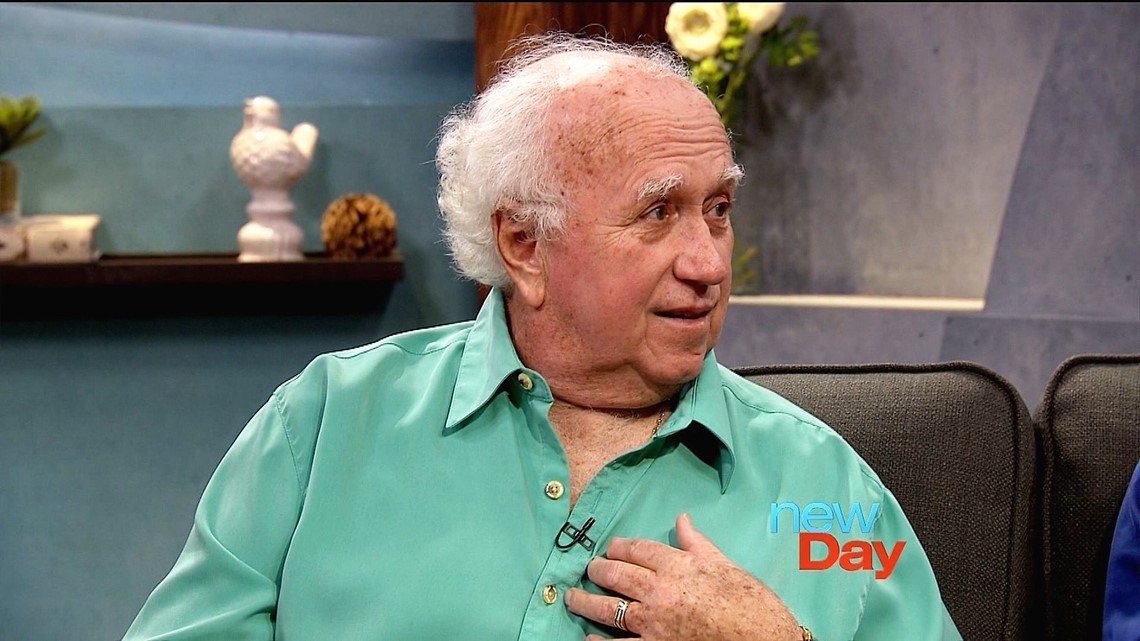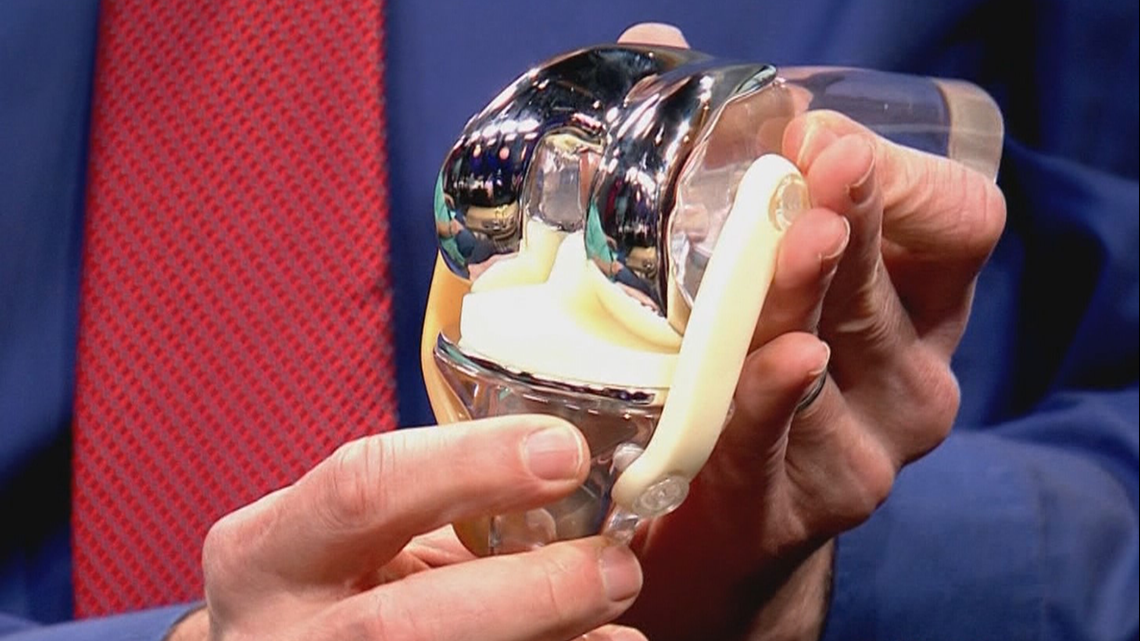SEATTLE — By age 65 Marcus Talley was living with noisy, painful and swollen knees. “I was so used to pain I didn't know what it was like to not have pain.”
He knew he should be considering knee-replacement surgery, but he was scared. In his mind, Marcus had built up the procedure as painful with an intense recovery, but by the time Marcus hit 73, it was no longer avoidable. It was affecting his quality of life.
“It got to a point where it affected our boating, fishing, crabbing, balance, grandchildren, and my right leg got worse and worse.”


He talked with a few doctors before settling on Dr. Matthew Nichols, an Orthopedic surgeon at Virginia Mason. It was then he learned the surgery wasn't as scary as he’d imagined. In fact, the doctor expected him to be up and walking the same day, “Over the years we’ve gotten much better at how we do the surgery, and how we control pain after surgery, and we understand a lot more of the types of things that can accelerate that recovery.”
One of those things is Virginia Mason’s approach to anesthesia. For knee replacement surgery, it includes a continuous nerve block technique called the "Adductor Canal Catheter" that not only reduces pain, but also maintains muscle strength in the leg, which is critical to recovery.
The surgery involves removing damaged or diseased cartilage, which is the substance that lubricates the knee joint. It gets worn down from injury, inflammation, and time. Like the tread on a tire, it can slowly wear out.
The damaged bone and cartilage are removed and replaced with metal and plastic or ceramic. The tops of the shin and thigh bones are removed and replaced with a metal plate, and a plastic bearing is inserted between. This restores the knee’s original function, including the twisting and bending motion.


Marcus found out the expected recovery time from surgery was true. He went in for surgery at 11 AM on Saturday, and was home icing his knee by 12:30 the next day. “I was home, upstairs in my house before sweet Lois (his wife) had the car parked!”
At the time we talked with Marcus, he’d undergone surgery on both knees in the last five months. His experience with his first knee surgery was so good, he was scheduling the surgery on the other within three months.
“I feel great, I’m really fortunate,” he says.
Marcus is happy he conquered his fears and moved forward with knee-replacement surgery. He’s looking forward to better quality time with his grandkids, and being able to fully enjoy fishing and boating again.
“I would encourage people to at least talk to a doctor if you’re hurting. I’m 73. I could have done this at 65, I should have.”
This segment brought to you by Virginia Mason.
Watch New Day Northwest 11:00 weekdays on KING-TV Ch.5 or streaming live on KING5.com. Connect with New Day via Facebook, Twitter, Instagram.



